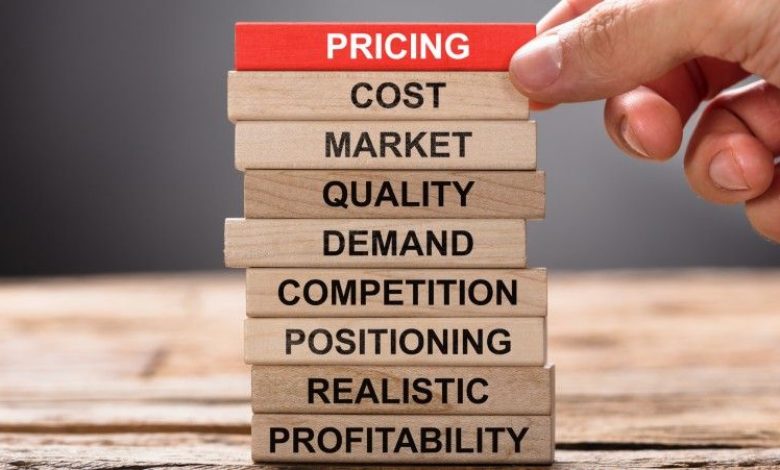Why the Right Pricing Strategy Matters

When you think of growth for your print shop or apparel decoration business, what comes to mind? Perhaps investing in equipment, expanding your product line, or adding team members?
All of these are vital, but none are as important as pricing. That’s right. The essential, mundane, economics-101 business staple has the power to change everything.
Pricing affects everything
Pricing is the core of your business. It gives every aspect of your company context and intention—from marketing to products to sales.
It tells your marketing team who to talk to, informs sales on how to describe value, and forces product to innovate, using past pricing as its baseline. It optimizes for growth, which is the lifeblood of your company.
Increasing price, decreasing customer turnover
If the thought of upping your prices makes you nervous, you’re not alone. However, the data shows that offering more value to your customers (whether through higher quality products or better overall service) lowers the churn rate. The churn rate is the rate of customer turnover, or how quickly your customers stop doing business with you. The lower the churn rate, the longer the length of your customer relationships, the better.
By increasing prices, you’re able to put more into the value of products and services. The value-added doesn’t impress customers one time, but it impresses them enough to come back.
When it comes to pricing strategy, you have options
Although you may be familiar, here are the three pillars of pricing strategy:
- Cost-plus pricing considers all of the costs that go into selling what you sell and tacks on a mark-up percentage.
- Competitor-based pricing looks at the prices of your competitors and uses those as a benchmark.
- Value-based pricing looks to the customers to decide how much the product is worth.
Just like anything, each option comes with advantages and disadvantages.
Although you consider your costs in cost-plus pricing, they do change as your business grows, and you can’t adjust pricing every time you have a new expenditure. New costs include new hires, equipment updates, or even a change in supplier rates. With this pricing strategy, you’re just about guaranteeing your profits will take a hit over time.
Competitor-based pricing gives you a clear indication of acceptable market prices. However, they don’t take your uniqueness into account. How can you offer customers something new and valuable if you’re limited by what’s already out there?
It’s all about the value
When it comes down to choosing, value-based pricing takes the win. It does demand a more significant commitment to knowing the customer, upholding quality, and offering service, but are those not your priorities for your business?
Establishing value
So how do you develop value-based pricing?
- Get to know your customers. Identify who you’re targeting. Give your marketing, sales, and product team the liberty to input value that specifically appeals to them.
- Get to know your product. Define every element of what you’re selling and make sure the value offered is clear.
If you’re offering a desirable product to a market that’s filled with interested customers, your pricing strategy should reflect that exchange of value.
Value-based pricing gives you the freedom to create the best product and service but also allows you to turn higher profits while improving customer satisfaction.



